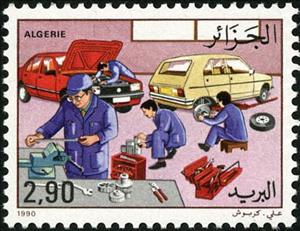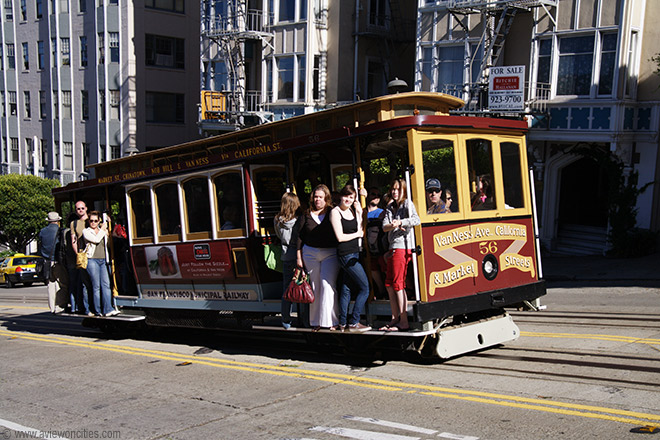Stamp: Auto mechanics (Algeria 1990)
Auto mechanics (Algeria 1990)
01 January (Algeria ) within release Trades goes into circulation Stamp Auto mechanics face value 2.90 Algerian dinar
| Stamp Auto mechanics in catalogues | |
|---|---|
| Michel: | Mi:DZ 1018 |
| Yvert et Tellier: | Yt:DZ 975 |
Stamp is horizontal format.
Paper with silk wireAlso in the issue Trades:
- Stamp - Craftsmen face value 2;
- Stamp - Auto mechanics face value 2.90;
|
Data entry completed
86%
|
|
|---|---|
| Stamp Auto mechanics in digits | |
| Country: | Algeria |
| Date: | 1990-01-01 |
| Print: | Photogravure |
| Size: | 24 x 17 |
| Perforation: | 12½ |
| Format: | Stamp |
| Face Value: | 2.90 Algerian dinar |
Stamp Auto mechanics it reflects the thematic directions:
A car is a wheeled, self-powered motor vehicle used for transportation and a product of the automotive industry. Most definitions of the term specify that cars are designed to run primarily on roads, to have seating for one to eight people, to typically have four wheels with tyres, and to be constructed principally for the transport of people rather than goods. The year 1886 is regarded as the birth year of the modern car. In that year, German inventor Karl Benz built the Benz Patent-Motorwagen. Cars did not become widely available until the early 20th century. One of the first cars that was accessible to the masses was the 1908 Model T, an American car manufactured by the Ford Motor Company. Cars were rapidly adopted in the United States of America, where they replaced animal-drawn carriages and carts, but took much longer to be accepted in Western Europe and other parts of the world.
A cable car (usually known as a cable tram outside North America) is a type of cable railway used for mass transit in which rail cars are hauled by a continuously moving cable running at a constant speed. Individual cars stop and start by releasing and gripping this cable as required. Cable cars are distinct from funiculars, where the cars are permanently attached to the cable.


